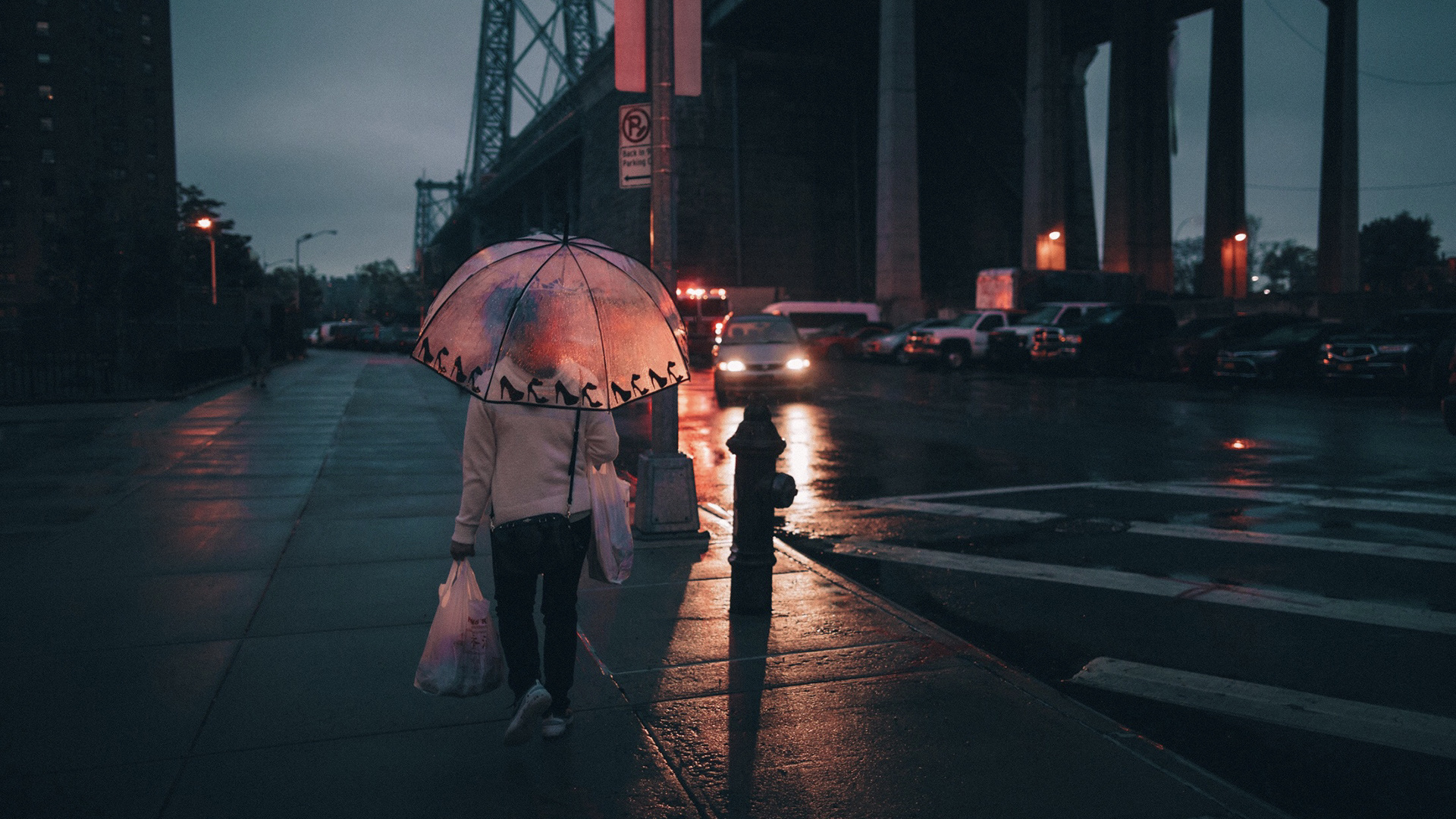A Biased View of Street Photographers
A Biased View of Street Photographers
Blog Article
The Main Principles Of Street Photographers
Table of ContentsThe Greatest Guide To Street PhotographersThe Main Principles Of Street Photographers Excitement About Street PhotographersOur Street Photographers StatementsThe Single Strategy To Use For Street Photographers
Road digital photographers do not always have a social objective in mind, but they prefer to separate and capture minutes which could otherwise go unnoticed.He was influenced by numerous of those who influenced the road digital photographers of the 1950s and '60s, he was not mainly interested in catching the spirit of the road. The impulse to visually document people in public began with 19th-century painters such as Edgar Degas, douard Manet, and Henri de Toulouse-Lautrec, who functioned side by side with professional photographers trying to catch the significance of city life.
Due to the fact that of the comparatively primitive technology readily available to him and the lengthy direct exposure time called for, he struggled to capture the pressure of the Paris streets. He trying out a series of photo techniques, trying to discover one that would certainly allow him to catch activity without a blur, and he located some success with the calotype, patented in 1841 by William Henry Fox Talbot. While the digital photographers' subject was basically the very same, the outcomes were considerably different, demonstrating the effect of the professional photographer's intent on the personality of the pictures he created.
Offered the great high quality of his pictures and the breadth of material, architects and musicians frequently got Atget's prints to utilize as referral for their own job, though industrial rate of interests were hardly his major motivation. Instead, he was driven to picture every last residue of the Paris he loved. The mingled enthusiasm and urgency of his objective shine through, leading to photographs that tell his very own experience of the city, qualities that anticipated road photography of the 20th century.
Street Photographers Things To Know Before You Buy
They reveal the city with his eyes. His work and fundamental understanding of photography as an art kind acted as motivation to generations of photographers that complied with. The future generation of road professional photographers, though they likely did not describe themselves thus, was introduced by the photojournalism of Hungarian-born photographer Andr Kertsz.
Unlike his peers, Brassa used a larger-format Voigtlnder camera with a much longer direct exposure time, forcing him to be a lot more computed and thoughtful in his practice than he could have been if making use of a Leica. (It is assumed that he might not have had the ability to manage a Leica back then, yet he did, however, make use of one in the late 1950s to take colour pictures.) Brassa's photos of the Paris underworld illuminated by synthetic light were a revelation, and the collection of the series that he released, (1933 ), was a major success.
Cartier-Bresson was a champ of the Leica cam and one of the first professional photographers to optimize its capabilities. The Leica enabled the digital photographer to interact with the environments and to catch moments as they occurred. Its fairly tiny size also helped the professional photographer discolor into the history, which was Cartier-Bresson's favored strategy.
The Greatest Guide To Street Photographers
It is due to this fundamental understanding of the art of photo taking that he is commonly attributed with uncovering read this post here the tool all over once again approximately a century considering that its creation. He took photographs for greater than a half century and influenced generations of digital photographers to trust their eye and intuition in the minute.
These are the inquiries I will try to respond to: And then I'll leave you with my own definition of street digital photography. Yes, we do. Let's start check over here with specifying what a definition is: According to (Street Photographers) it is: "The act of specifying, or of making something certain, distinct, or clear"
No, certainly not. The term is both limiting and misguiding. Seems like a road digital photography must be images of a roads appropriate?! And all street photographers, with the exception of a tiny number of outright novices, will fully appreciate that a road is not the essential element to road photography, and in fact if it's an image of a road with possibly a couple of boring individuals doing nothing of rate of interest, that's not street photography Recommended Site that's a picture of a road.
The Of Street Photographers
He makes a valid point do not you think? Nonetheless, while I concur with him I'm not exactly sure "candid public digital photography" will catch on (although I do kind of like the term "honest photography") since "street digital photography" has been around for a long period of time, with many masters' names connected to it, so I believe the term is here to remain.
You can fire at the beach, at a celebration, in a street, in a park, in a piazza, in a cafe, at a gallery or art gallery, in a metro station, at an occasion, on a bridge, under a bridge ...
Yes, I'm afraid we have no choice! Without guidelines we can not have an interpretation, and without a definition we don't have a category, and without a genre we do not have anything to define what we do, and so we are stuck in a "rules meaning genre" loophole!
The Ultimate Guide To Street Photographers

Report this page